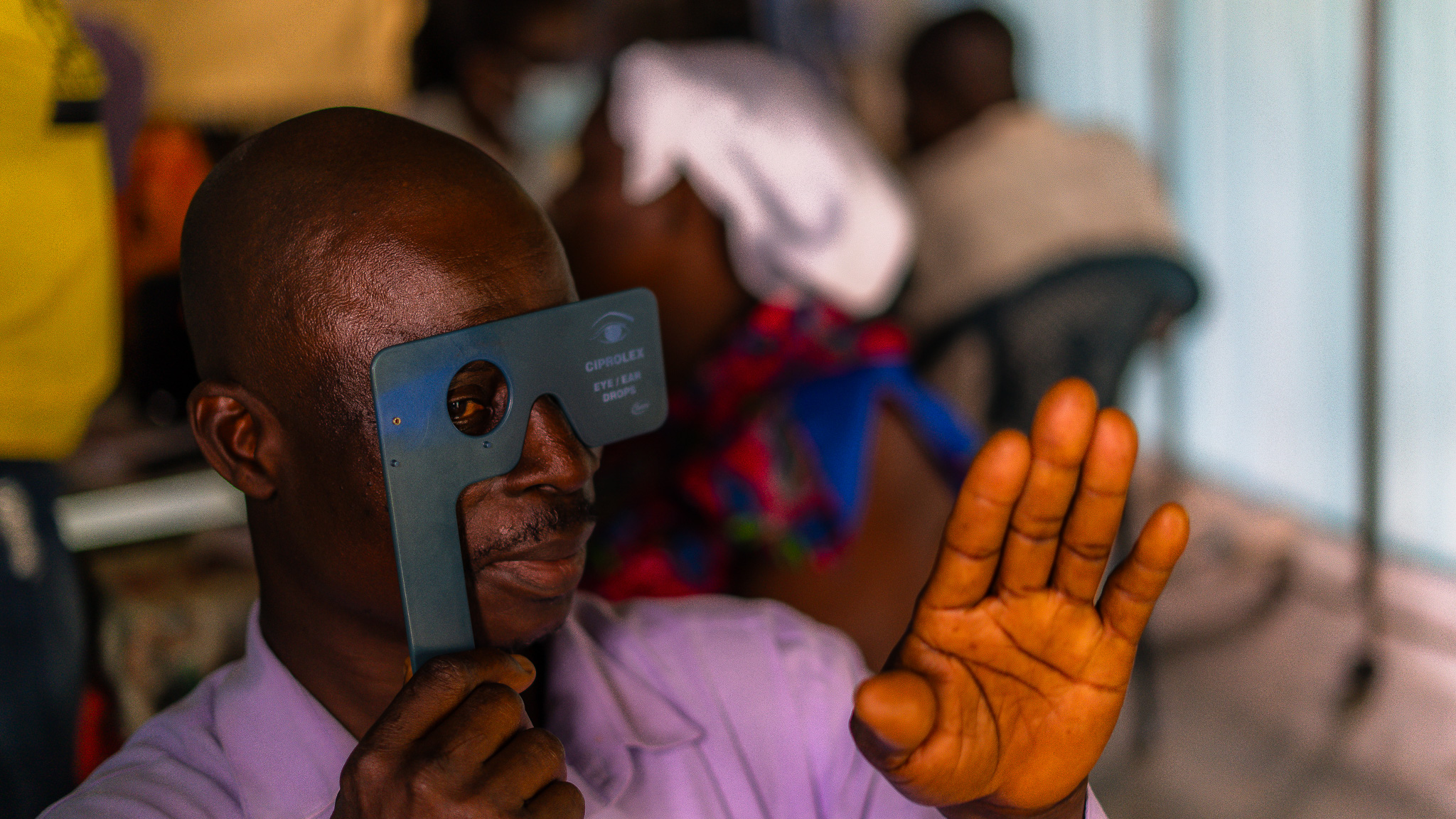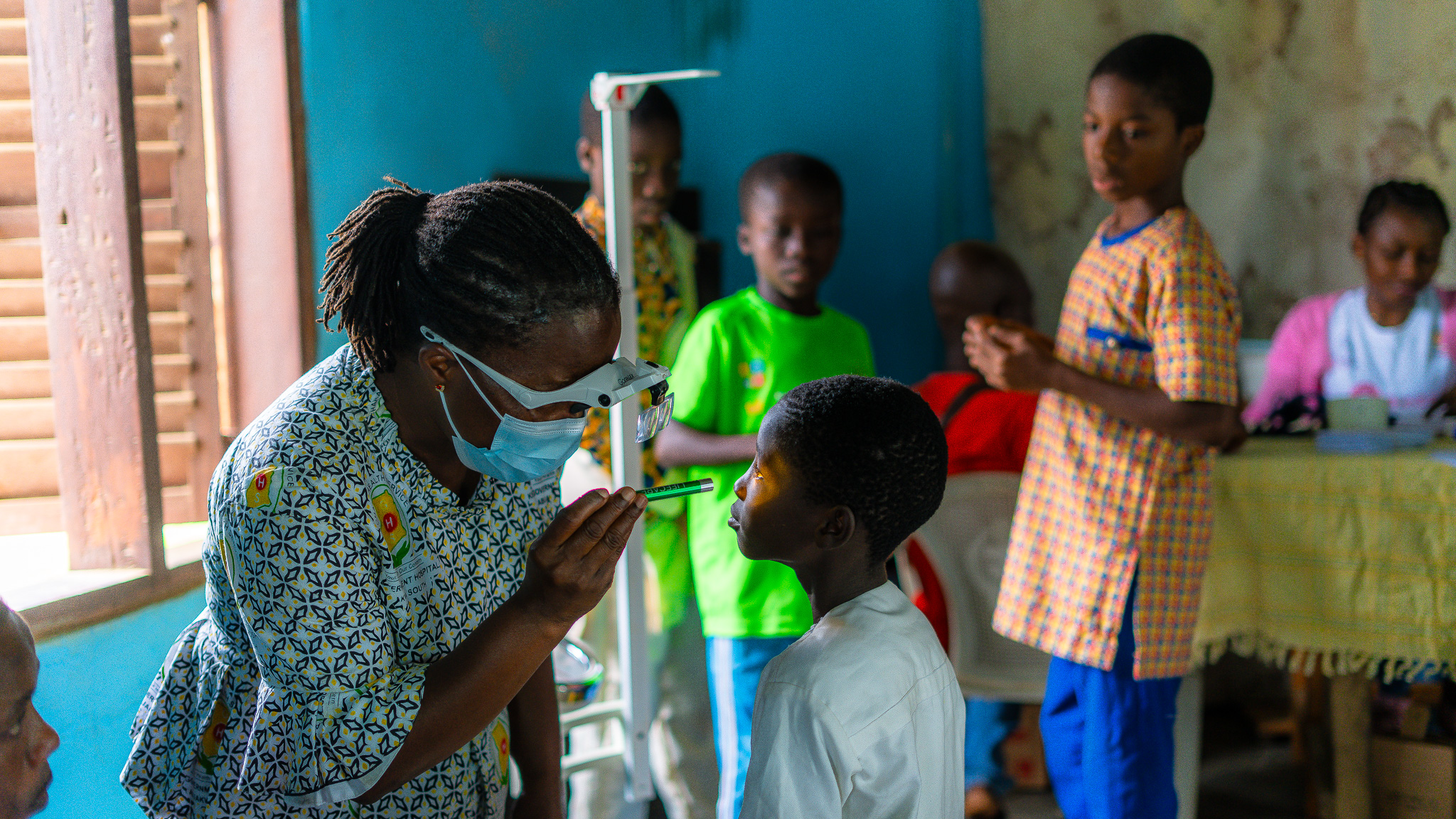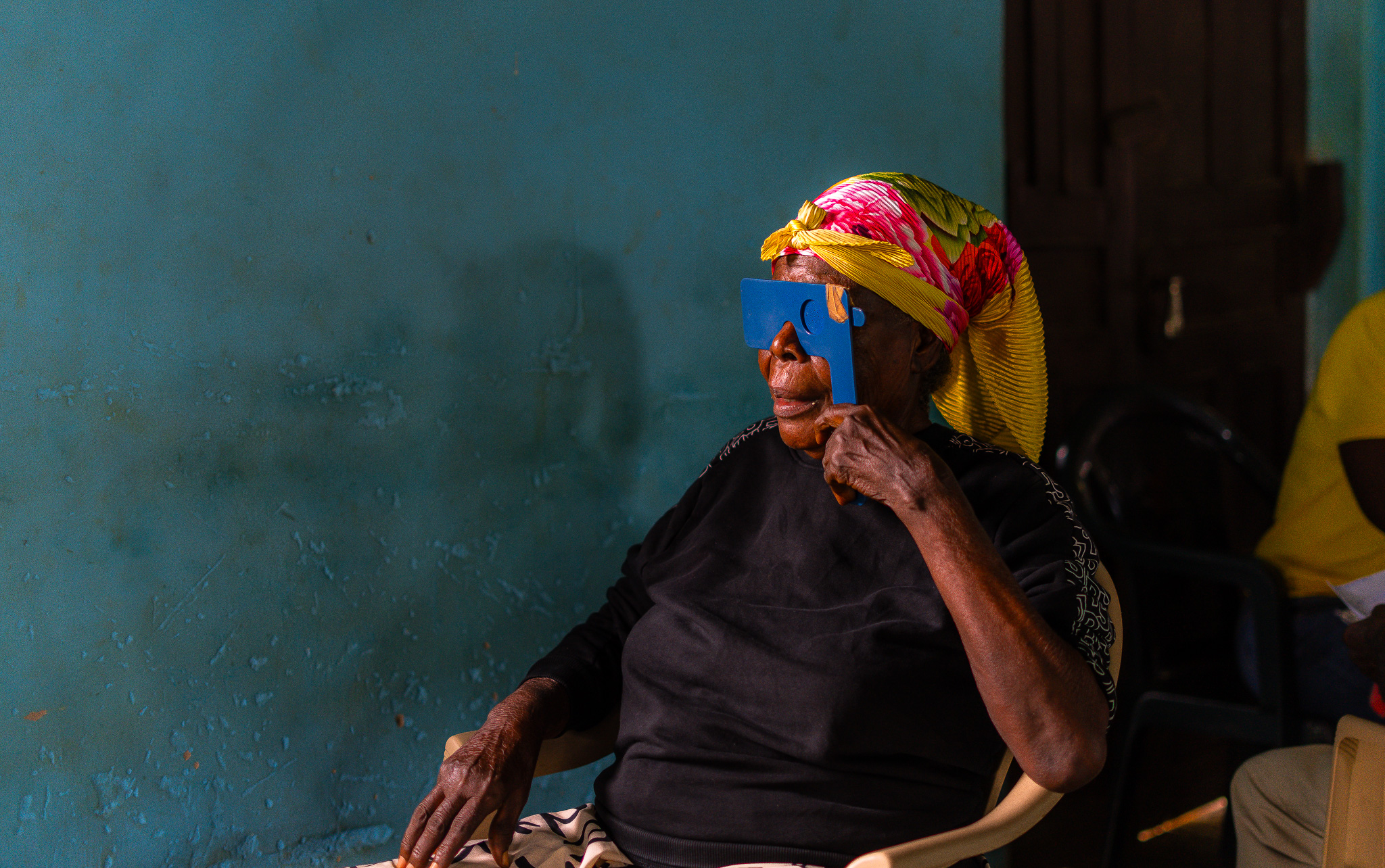The Overlooked Cost of Blurred Vision: How Poor Eyesight Impacts Agricultural Productivity

Most of us take our vision for granted. Reading a text on a phone screen, flicking through a book, or checking when the next bus comes – our eyes are constantly taking in information, feeding us with knowledge of our surroundings and enabling us to traverse the world knowing what’s right in front of us!
But not everyone has good vision, and for many, poor vision doesn’t just impact their physical health and perception of the world: it has a direct impact on their livelihoods. This is the case, for example, for many farmers in low-income countries. A recent study on ‘The effect of poor vision on economic farm performance‘, conducted by Sagemüller, Bruns, and Mußhoff, dives deeper into how visual impairment prevents farmers from reaching their full economic potential, threatening their incomes and livelihoods in the process.
Around 596 million people globally live with mild, moderate, or severe vision impairments, including blindness. The global financial burden of these impairments is staggering, estimated at nearly $3 trillion USD per annum. The disproportionate burden of visual impairment is felt in low-income regions across South Asia, East Asia, and Southeast Asia, where visual impairment is especially prevalent.

One of the most common causes of moderate to severe vision impairment are near-sightedness, and the natural age-related loss of near vision. Despite being easy and cheap to correct in theory, these impairments remain vastly under-treated in low-income settings.
At the heart of this issue lies a deep-rooted link between poverty and eye health. ‘Unaided’ visual impairments, that is, visual impairment without correction through the use of aids such as glasses or contact lenses, overwhelmingly occur in low-income contexts. This is often because glasses remain inaccessible, unaffordable, or under-utilized. More worryingly, the relationship is bidirectional: a study by Jaggernath et al. describes how, people who are experiencing one or more ‘marker of poverty’ are, in turn, more likely to develop certain eye conditions, less likely to seek out healthcare to treat said conditions, and again more likely to experience a poor outcome post-treatment. It is a self-reinforcing, and vicious, cycle.
Public access to routine eye care in many low-income countries remains limited, and yet so many in these countries, especially in rural areas, rely on physical labor – namely, the ability to conduct farm-work – for their livelihoods. This mismatch makes agricultural communities particularly vulnerable to the economic effects of poor eye health.

But there is good news.
The same study found that when a farm manager moves from having poor to fully corrected vision, their gross margins, the profit as a percentage of revenue, can increase by approximately $630 USD per year. In relative terms, this is a significant boost for low-income rural households in Cambodia.
And here’s the simple solution: screening, then glasses.
The WHO affirms that vision screening is a vital tool to ensure the treatment and management of worsening vision in order to prevent visual impairment. Following screening, as described in the study, corrective eyewear can instantly transform vision from impaired to functional. Clearer eyesight translates directly into improved productivity, more profitable farming operations, and, importantly, the potential to disrupt the cycle between poverty and preventable disability.
And that’s something that we can tackle.
You might have noticed that we’ve been posting about eye health recently, along with this blog. The images throughout this blog are from our recent vision screenings that we have started conducting within our programs in collaboration with Tony’s Chocolonely – and one other exciting new partner. So far, our eye screening work has reached seven rural communities, screened 315 individuals, and distributed 62 pairs of eyeglasses. From the clinics, 57 people were referred for advanced care.
Can you guess who we might be collaborating with? Keep your eyes peeled for our upcoming collaboration announcement, you won’t want to miss it!



